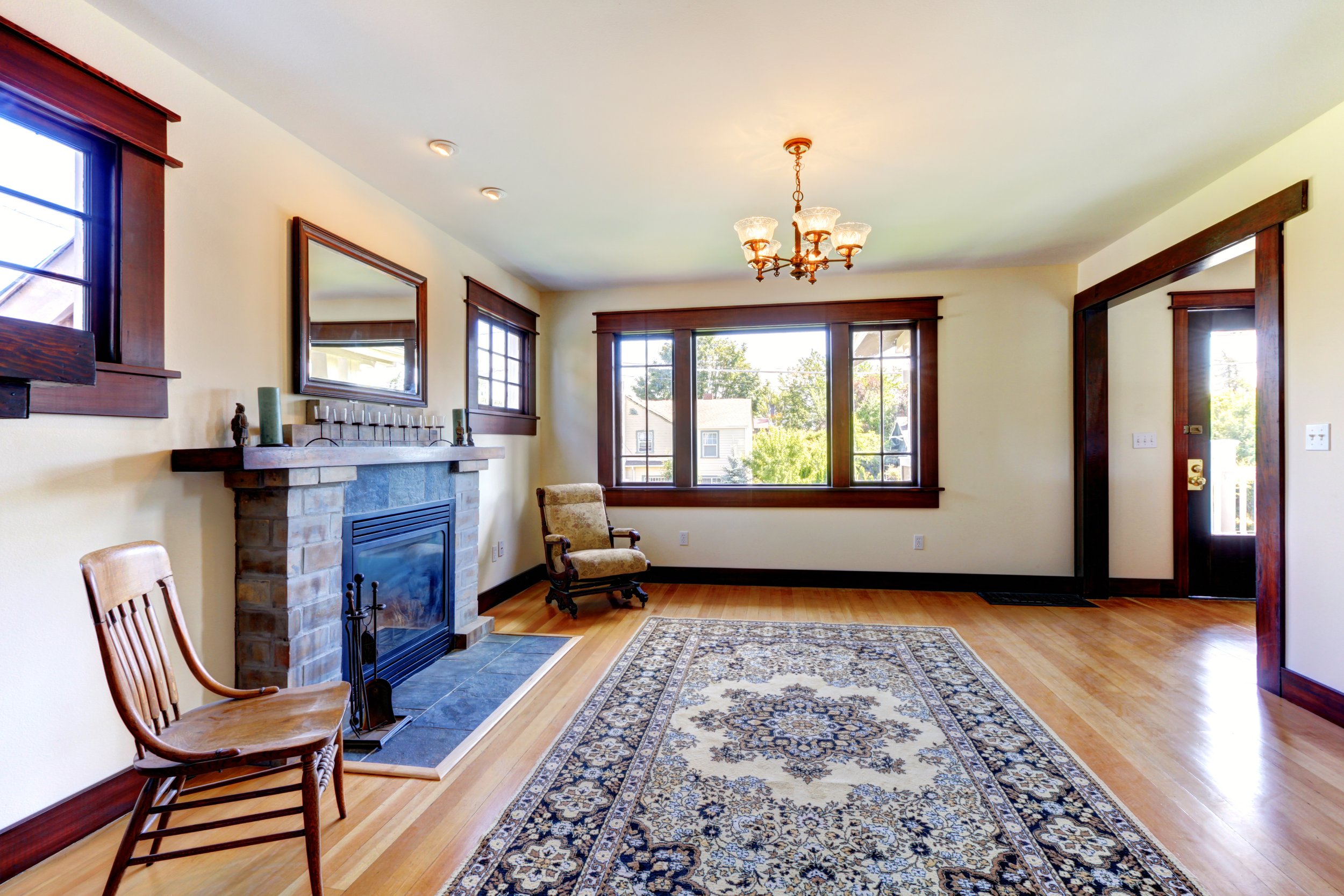All About Craftsman Homes in Dallas Texas
The Craftsman style, an integral part of the early 20th-century American architectural landscape, stands as a testament to the Arts and Crafts movement that emerged as a reaction against the mass-produced and ornate architecture of the Victorian era. This movement, which began in the late 19th century in Britain, championed traditional craftsmanship using simple forms and local natural materials. Craftsman homes, with their emphasis on handcrafted beauty and quality materials, have become a distinctive element in American neighborhoods.
In this blog post, we will explore the defining features of Craftsman architecture, consider the historical context of its development, and highlight some of the neighborhoods in Dallas, where these homes can still be found.
Defining the Architectural Features of a Craftsman Home
Craftsman homes are renowned for their architectural integrity and sturdy construction, embodying a philosophy that favors skillful craftsmanship and durable materials. Here’s a closer look at the architectural elements that are quintessential to the Craftsman style:
Built-in Furniture and Features - Craftsman homes often feature built-in furniture, such as bookcases, benches, and cabinets. These elements are designed to be functional and space-efficient, merging seamlessly with the structure of the home to create a cohesive and inviting interior.
Extensive Use of Wood - Natural wood is prominently featured in both the interior and exterior of these homes, showcasing natural beauty and expert craftsmanship. This includes exposed beams, wood paneling, and heavy woodwork that emphasize the material's natural texture and grain.
Covered Front Porches - A signature feature of many Craftsman homes is the covered front porch, supported by thick, tapered columns often resting on stone bases. This not only adds to the home’s aesthetic appeal but also fosters a sense of community and openness, inviting interaction with neighbors and passersby.
Handcrafted Stone and Woodwork - Emphasizing handcrafted quality, original homes from this era frequently incorporate hand-laid stone foundations and traditional stonework, complementing the natural wood features. This attention to craftsmanship and material highlights the artisanal ethos at the heart of this architectural style.
Prominent Fireplaces - A central fireplace is a common focal point in Craftsman living rooms, symbolizing warmth and hospitality. These fireplaces are typically surrounded by built-in cabinetry and feature custom-made mantels, often crafted from hardwoods that echo the home's interiors.
Interior Design for Craftsman Homes
When it comes to the interior design of Craftsman homes, they offer a unique blend of historical charm with modern versatility since a lot of styles and aesthetics will “go” with them. When considering the aesthetics of a Craftsman home, it's crucial to maintain a delicate balance between honoring its architectural legacy and integrating contemporary elements seamlessly.
Craftsman homes truly shine when adorned with natural materials like wood, stone, and clay. Hardwood floors, exposed wooden beams, and stone fireplaces are timeless features that serve to enhance the home's handmade feel. Additionally, warm, earthy color palettes further accentuate the natural elements, creating a cozy and inviting atmosphere within the space. If you’re into the “light and bright” vibe, that doesn’t look out of place in a Craftsman either. While we always love to preserve exposed wood if a home still has it, painting trim and beams is just fine for a craftsman.
However, preserving built-in cabinetry, shelving, and window seats is essential to maintaining the authenticity of Craftsman design. These features not only add functionality and storage but also contribute to the home's architectural and historical integrity.
When selecting furniture, the versatility of Craftsman homes gives you a lot of options. We often opt for transitional styles that blend elements of traditional craftsmanship with contemporary simplicity or contrast the handmade feel of the architecture with more contemporary or mid-century modern pieces depending on our client’s taste. Look for pieces with clean lines, simple forms, and natural finishes to complement the home's timeless aesthetic.
Incorporating Arts and Crafts accents such as stained glass windows, hammered metal fixtures, and handcrafted textiles adds character and authenticity to Craftsman interiors. However, it's essential to avoid overly ornate decor and furnishings that clash with the home's understated elegance - the beauty of a Craftsman home is in its simplicity.
Craftsman Homes in Dallas Texas
Craftsman homes have significantly influenced the architectural landscape of Dallas, Texas, with several neighborhoods boasting beautiful examples of this iconic style. Many of these neighborhoods are situated within historic districts, preserving the rich heritage and character of the area. You can find Craftsman homes in historic districts such as the Bishop Arts District in Oak Cliff, Junius Heights, Winnetka Heights, East Dallas and the M-Streets and more. These historic districts not only showcase the timeless charm and craftsmanship of Craftsman architecture but also provide a glimpse into the cultural and architectural history of Dallas.
Craftsman homes embody a timeless appeal that transcends trends, offering spaces that are both comfortable and stylish. If you're fortunate enough to own a Craftsman home and are as passionate about preserving the historic charm as we are book a complimentary discovery call with our lead designer to discuss how we can help you bring your vision for your Craftsman home to life.
YOU MIGHT ALSO LIKE…








